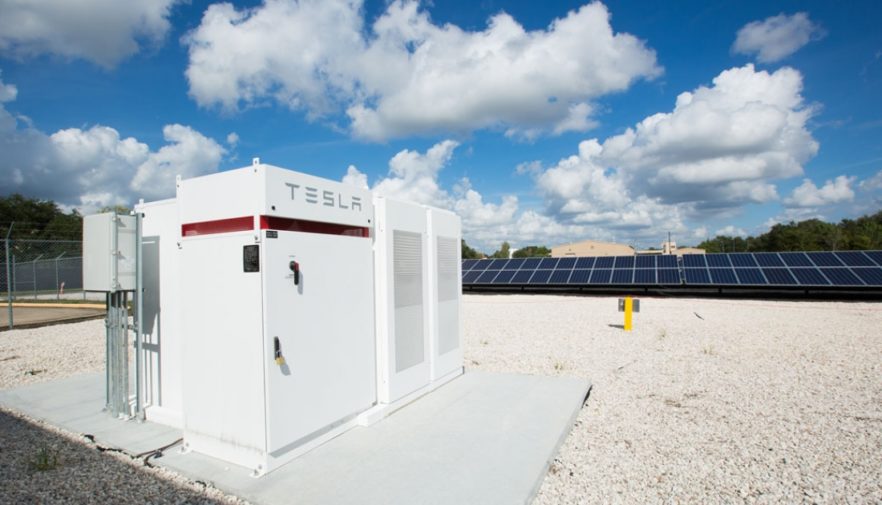From pv magazine USA
In Wood Mackenzie’s new first-half report on the microgrid sector and the pandemic's impact on deployment, the research firm says that 546 microgrids were installed in the United States in 2019 – more than any other year.
About 67% of those microgrids were installed by just three organizations: PowerSecure, Enchanted Rock and the American Red Cross, with the Red Cross counting as the only group among the big three to integrate energy storage into its projects, by pairing them with solar at non-residential locations.
While 2019 saw nearly 50% growth in the number of microgrids installed, total installed capacity was down 7% from 2018. Distributed fossil generation accounted for 86% of installed microgrid capacity in 2019. The share of renewable microgrid projects is expected to rise, with WoodMac anticipating that solar, wind, hydropower and energy storage will account for 35% of annually installed capacity by 2025.
One of these forthcoming renewable microgrid projects will be used to power the Santa Barbara Unified School District in California. The district, in collaboration with Sage Energy Consulting, has issued a request for proposals (RFP) for the design, installation, operation and maintenance of solar-powered microgrids across 15 sites. These sites include three high schools, four junior high schools, six elementary schools, a district office/continuation high school, and a warehouse.
According to the RFP, six of the proposed sites are expected to host microgrids with two to six hours of available islanding mode backup built into the design. In total, the projects are expected to clock in at 4.5 MW of solar capacity, accompanied by up to 6 MWh of battery storage capacity.
If the final Santa Barbara project ends up being 4 MW of solar with 6 MWh of battery storage, it will be roughly average in terms of typical project capacity. The WoodMac report notes that most microgrid systems installed last year were below 5 MW in size, making 2019 the third year in a row in which sub-5 MW systems dominated.
As for 2020, there have been 129 microgrid projects completed thus far. While this currently puts 2020 on track to finish with fewer projects than both 2019 and 2018, much like solar and storage, a considerable portion of projects will be completed in the second half of the year, meaning that the final number has the chance to be much higher.
This content is protected by copyright and may not be reused. If you want to cooperate with us and would like to reuse some of our content, please contact: editors@pv-magazine.com.




By submitting this form you agree to pv magazine using your data for the purposes of publishing your comment.
Your personal data will only be disclosed or otherwise transmitted to third parties for the purposes of spam filtering or if this is necessary for technical maintenance of the website. Any other transfer to third parties will not take place unless this is justified on the basis of applicable data protection regulations or if pv magazine is legally obliged to do so.
You may revoke this consent at any time with effect for the future, in which case your personal data will be deleted immediately. Otherwise, your data will be deleted if pv magazine has processed your request or the purpose of data storage is fulfilled.
Further information on data privacy can be found in our Data Protection Policy.